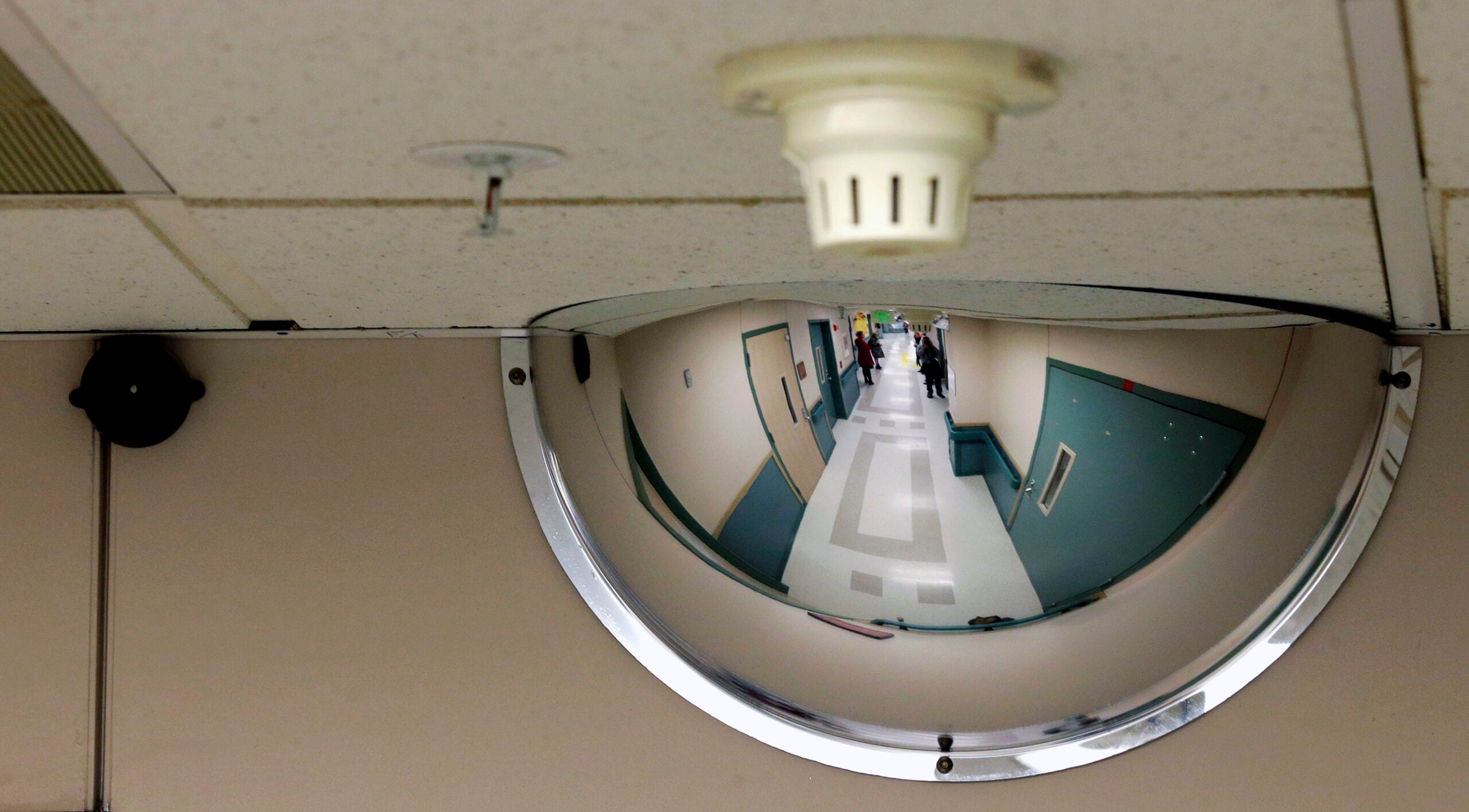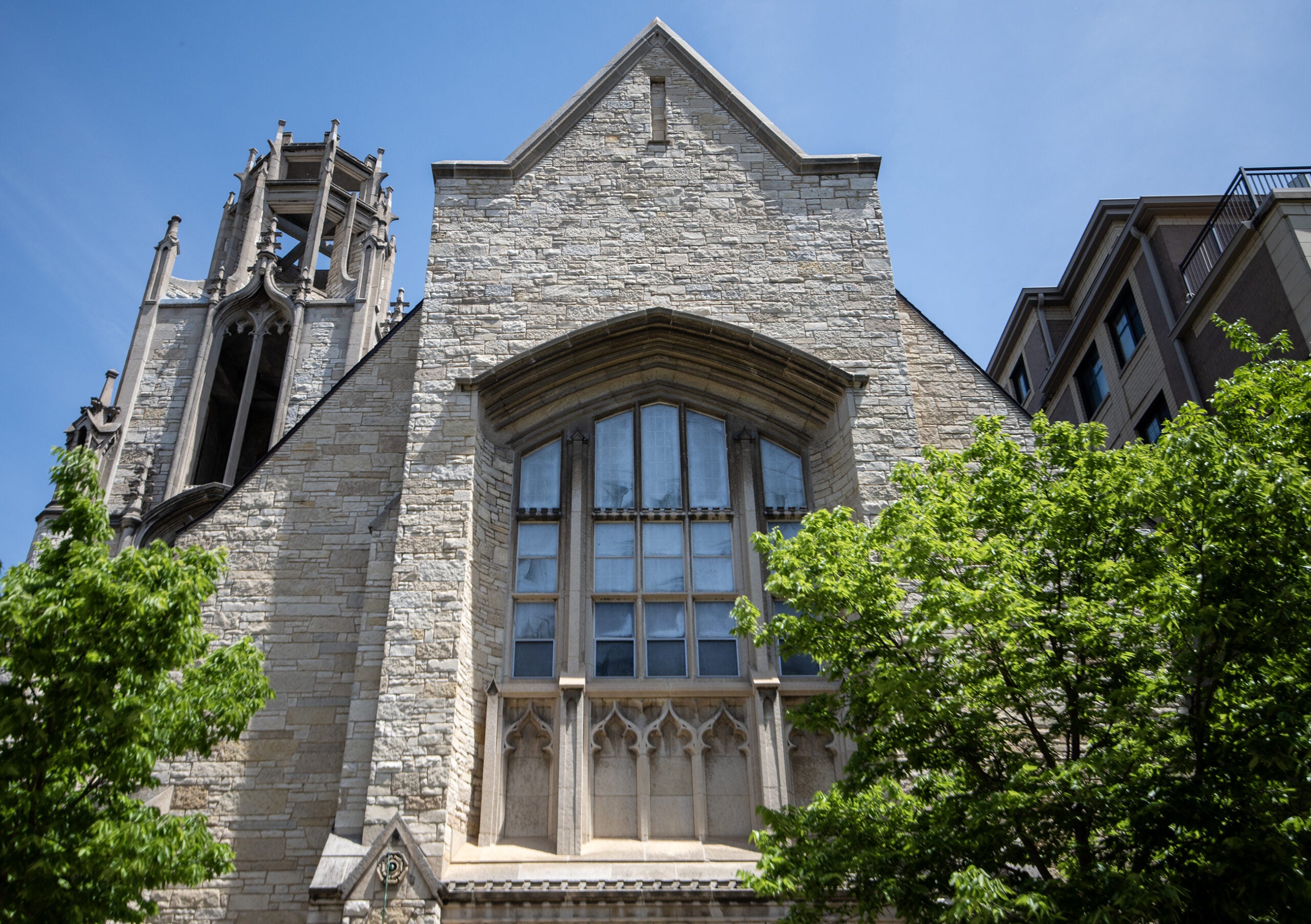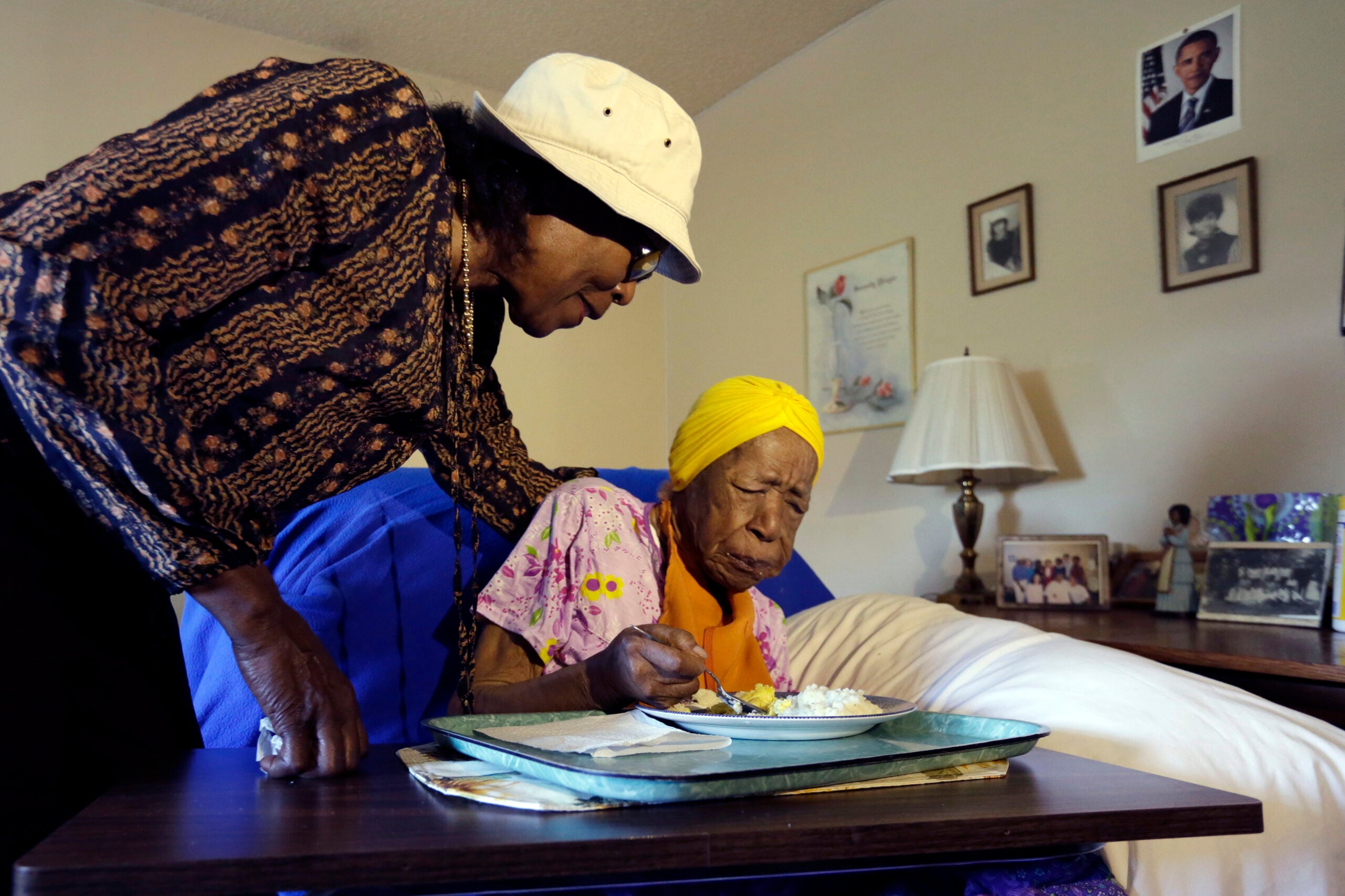The Medical College of Wisconsin is looking for ways to fight the decades-long issue of the racial disparity in cancer deaths between black and white residents in the state.
Lauren Matthews has been focused on this since beginning her job three years ago as a community program coordinator at the college’s Cancer Center’s Prevention and Outcomes Program.
“I saw areas where there was a high incidence of cancer and also high mortality rates, and those areas were all in predominantly African American communities,” Matthews said. “It’s a nationwide problem, but it is heightened because of the level of segregation in Milwaukee.”
Stay informed on the latest news
Sign up for WPR’s email newsletter.
Some of the factors that have led to cancer disparities for African Americans include stress, income, lifestyle and poor diet. Biological differences and medical access are also contributors.
The racial disparities aren’t just happening in Milwaukee. In 2019, about 202,260 new cancer cases and 73,030 cancer deaths are expected to occur among black Americans, according to the National Cancer Institute (NCI).
In Wisconsin, black residents get cancer at a 22.2 percent higher rate than white residents, according to NCI, meaning 550 out of 100,000 African Americans are likely to have cancer versus 450 white Americans per 100,000.
Overall, Wisconsin residents are 3.6 percent more likely to get cancer than the national average, according to NCI, meaning 457 out of 100,000 people in Wisconsin are likely to have caner versus 441 people per 100,000 nationally.
The institute found cancer diagnosis and mortality disparities among racial and ethnic groups include:
- African American women are much more likely than white women to die of breast cancer.
- African Americans are more than twice as likely as white residents to die of prostate cancer and nearly twice as likely to die of stomach cancer.
- Colorectal cancer incidence is higher in African-Americans than in whites.
- Hispanic and American Indian/Alaska Native women have higher rates of cervical cancer than women of other racial/ethnic groups; African American women have the highest rates of death from the disease.
- American Indians/Alaska Natives have the highest rates of liver and intrahepatic bile duct cancer, followed by Asian/Pacific Islanders and Hispanics.
- American Indians/Alaska Natives have higher death rates from kidney cancer than people of other racial/ethnic groups.
- Both the incidence of lung cancer and death rates from the disease are higher in African American men than in men of other racial/ethnic groups.
Back in Milwaukee, Matthews and her colleagues received a grant from the Greater Milwaukee Foundation and began visiting central city churches, libraries and community centers.
One of the groups they focused on was men with prostate cancer.
Many of the men interviewed hadn’t been screened for prostate cancer until their 60s, rather than the recommended age of 45, Matthews said.
The Medical College of Wisconsin recently launched a program, Men Moving Forward, to offer free prostate screenings for African American men. The program also provides community education about cancer screening.
During her work, Matthews also found patient-doctor trust and access to quality care plays a role in disparities. She said in addition to the racial disparities, there are also disparities in rural areas, where people are unable to access quality health care.
“There needs to be a lot more conversation about cancer – not just where to get it treated – but on the prevention side,” Matthews said. “And we need to make it so it’s not this taboo topic so people are becoming health experts and becoming health advocates for themselves.”
The Greater Milwaukee Foundation has invested $435,000 in recent years on cancer research projects at the Medical College and racial disparity.
“Although cancer can affect any person in our community, data makes clear that the disease’s impact on communities of color can be disproportionate, warranting deeper study,” said Janel Hines, senior director of grant programs and strategic initiatives at the Greater Milwaukee Foundation.
Those programs include looking at the disparities in breast cancer mortality in Milwaukee’s African American population; examining the impact of individualized assessment on colorectal cancer screening for African Americans; and a new study looking at African American smokers.
Milwaukee has the largest disparity in lung cancer mortality between African-Americans and whites in the nation, Hines said.
Wisconsin Public Radio, © Copyright 2025, Board of Regents of the University of Wisconsin System and Wisconsin Educational Communications Board.



